Hydrogen generator for the heating system: we assemble the existing installation with our own hands
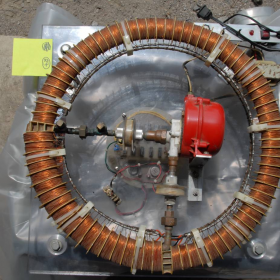
Long gone are the days when a country house could be heated in only one way - by burning wood or coal in the stove. Modern heaters use different types of fuel and at the same time automatically maintain a comfortable temperature in our homes. Natural gas, diesel or fuel oil, electricity, solar and geothermal heat - Here is an incomplete list of alternatives. It would seem - live and rejoice, but only the constant increase in prices for fuel and equipment forces us to continue the search for cheap methods of heating. And at the same time, an inexhaustible source of energy - hydrogen, literally lies under our feet. And today we’ll talk about how to use ordinary water as a fuel by assembling a hydrogen generator with our own hands.
Content
The device and principle of operation of the hydrogen generator
Using hydrogen as fuel for heating a country house is beneficial not only because of the high calorific value, but also because no harmful substances are released during its combustion. As everyone remembers from the school chemistry course, when two hydrogen atoms are oxidized (chemical formula H2 - Hidrogenium) with one oxygen atom, a water molecule is formed. At the same time, three times more heat is released than during the combustion of natural gas. We can say that hydrogen is not equal to other sources of energy, since its reserves on the Earth are inexhaustible - the world ocean by 2/3 consists of the chemical element H2, and in the whole Universe, this gas, along with helium, is the main “building material”. Here is just one problem - to get pure H2 it is necessary to split the water into its constituent parts, and to do this is not easy. For many years, scientists were looking for a way to extract hydrogen and settled on electrolysis.
This method of producing volatile gas is that two metal plates connected to a high voltage source are placed in water at a short distance from each other. When power is applied, the high electric potential literally breaks the water molecule into its constituents, releasing two hydrogen atoms (HH) and one oxygen atom (O).The evolved gas was named after physicist J. Brown. Its formula is HHO and the calorific value is 121 MJ / kg. Brown gas burns with an open flame and does not form any harmful substances. The main advantage of this substance is that a regular boiler working on propane or methane is suitable for its use. We only note that hydrogen in combination with oxygen forms an explosive mixture, therefore, additional precautions will be required.
The generator, designed to produce Brown gas in large quantities, contains several cells, each of which contains many pairs of electrode plates. They are installed in a sealed container, which is equipped with an outlet pipe for gas, terminals for connecting power and a neck for filling water. In addition, the installation is equipped with a safety valve and a water shutter. Thanks to them, the possibility of a reverse flame propagation is eliminated. Hydrogen burns only at the outlet of the burner, and does not ignite in all directions. A multiple increase in the useful area of the installation allows the extraction of combustible substances in quantities sufficient for various purposes, including heating of residential premises. Just do it using a traditional electrolyzer will be unprofitable. Simply put, if the electricity spent on hydrogen production is directly used for heating a house, it will be much more profitable than heating a boiler with hydrogen.
The way out of this situation was found by American scientist Stanley Meyer. Its installation did not use powerful electric potential, but currents of a certain frequency. The invention of the great physicist consisted in the fact that a water molecule swayed to the beat of changing electrical impulses and entered into resonance, which reached a force sufficient to split it into constituent atoms. For such an impact, currents tens of times lower were required than during the operation of a familiar electrolysis machine.
Video: Stanley Meyer Fuel Cell
For his invention, which could free humanity from the bondage of the oil magnates, Stanley Meyer was killed, and the work of his many years of research disappeared into the middle of nowhere. Nevertheless, individual records of the scientist have been preserved, on the basis of which the inventors of many countries of the world are trying to build such installations. And I must say, not unsuccessfully.
Advantages of Brown Gas as an Energy Source
- The water from which HHO is obtained is one of the most common substances on our planet.
- When this type of fuel is burned, water vapor forms, which can be condensed back into liquid and reused as a raw material.
- In the process of burning explosive gas, no by-products are formed other than water. We can say that there is no more environmentally friendly type of fuel than Brown gas.
- During operation of a hydrogen heating system, water vapor is released in an amount sufficient to maintain humidity in the room at a comfortable level.
You may also be interested in material on how to build a gas generator yourself:https://aquatech.tomathouse.com/en/otoplenie/kotly/gazogenerator-na-drovakh-dlya-otopleniya-doma-svoimi-rukami.html
Application area
Today, the electrolyzer is the same familiar device as the acetylene generator or plasma cutter. Initially, hydrogen generators were used by welders, since carrying an installation weighing only a few kilograms was much easier than moving huge oxygen and acetylene cylinders. At the same time, the high energy intensity of the units was not critical - everything was determined by convenience and practicality. In recent years, the use of Brown gas has gone beyond the usual concepts of hydrogen as a fuel for gas welding machines.In the future, the possibilities of the technology are very wide, since the use of HHO has a lot of advantages.
- Reduced fuel consumption in vehicles. Existing automotive hydrogen generators allow the use of HHO as an additive to traditional gasoline, diesel or gas. Due to more complete combustion of the fuel mixture, a 20–25% reduction in hydrocarbon consumption can be achieved.
- Fuel economy at thermal power plants using gas, coal or fuel oil.
- Reducing toxicity and increasing the efficiency of old boiler houses.
- Multiple reduction in the cost of heating residential buildings due to the full or partial replacement of traditional fuels with Brown gas.
- The use of portable installations for producing HHO for domestic needs - cooking, obtaining warm water, etc.
- Development of fundamentally new, powerful and environmentally friendly power plants.
A hydrogen generator built using S. Meyer’s “Water Fuel Cell Technology” (this is what his treatise was called) can be bought - many companies in the United States, China, Bulgaria and other countries manufacture them. We propose to make a hydrogen generator on our own.
Video: How to properly arrange hydrogen heating
What is needed to make a fuel cell at home
Starting to manufacture a hydrogen fuel cell, it is necessary to study the theory of the process of formation of explosive gas. This will give an understanding of what is happening in the generator, will help with the setup and operation of the equipment. In addition, you will have to stock up on the necessary materials, most of which will be easy to find in the distribution network. As for the drawings and instructions, we will try to disclose these issues in full.
Designing a hydrogen generator: diagrams and drawings
A home-made installation for producing Brown gas consists of a reactor with installed electrodes, a PWM generator for their power supply, a water shutter and connecting wires and hoses. Currently, there are several circuits of electrolyzers that use plates or tubes as electrodes. In addition, on the Web you can find the installation of the so-called dry electrolysis. Unlike the traditional design, in such an apparatus, no plates are installed in a container with water, but liquid is fed into the gap between the flat electrodes. The rejection of the traditional scheme can significantly reduce the size of the fuel cell.
- PWM controller circuitry
- Scheme of a single pair of electrodes used in a Meyer fuel cell
- Meyer cell layout
- PWM controller circuitry
- Fuel cell drawing
- Fuel cell drawing
- PWM controller circuitry
- PWM controller circuitry
In the work, you can use drawings and schemes of working electrolyzers, which can be adapted to your own conditions.
The choice of materials for the construction of a hydrogen generator
For the manufacture of a fuel cell, virtually no specific materials are required. The only difficulties that may arise are the electrodes. So, what needs to be prepared before starting work.
- If your design is a “wet” type generator, then you will need a sealed water tank, which will also serve as the reactor vessel. You can take any suitable container, the main requirement is sufficient strength and gas tightness. Of course, when using metal plates as electrodes, it is better to use a rectangular design, for example, a carefully sealed case from an old-style car battery (black). If, however, tubes are used to produce HHO, then a capacious container from a household filter for water purification is suitable.The best option would be to make a stainless steel generator case, for example, 304 SSL.
When choosing a “dry” fuel cell, you will need a sheet of plexiglass or other transparent plastic up to 10 mm thick and O-rings made of technical silicone.
- Tubes or plates made of stainless steel. Of course, you can take the usual "black" metal, however, during the operation of the electrolyzer, simple carbon iron corrodes quickly and the electrodes will often have to be changed. The use of high-carbon metal alloyed with chromium will enable the generator to work for a long time. Craftsmen involved in the manufacture of fuel cells, for a long time engaged in the selection of material for the electrodes and settled on stainless steel grade 316 L. By the way, if the design will use tubes of this alloy, their diameter must be selected so that when installing one part in the other between them there was a gap of not more than 1 mm. For perfectionists give the exact dimensions:
- the diameter of the outer tube is 25.317 mm;
- the diameter of the inner tube depends on the thickness of the outer. In any case, it should provide a gap between these elements equal to 0.67 mm. - PWM generator. A correctly assembled electrical circuit will allow you to adjust the frequency of the current within the necessary limits, and this is directly related to the occurrence of resonance phenomena. In other words, in order to start the evolution of hydrogen, it will be necessary to select the parameters of the supply voltage, therefore, special attention is paid to the assembly of the PWM generator. If you are familiar with the soldering iron and can distinguish the transistor from the diode, then the electrical part can be made independently. Otherwise, you can contact a familiar electronic engineer or order the manufacture of a switching power supply in an electronic device repair workshop.
Switching power supply, designed to connect to the fuel cell, can be bought online. Small private companies in our country and abroad are engaged in their manufacture.
- Electric wires to connect. It will be enough conductors with a cross section of 2 square meters. mm
- Bubbler. This bizarre name craftsmen called the most common water shutter. You can use any sealed container for it. Ideally, it should be equipped with a tight-fitting lid, which, when a gas ignites inside, will be instantly torn off. In addition, it is recommended that a cut-off be installed between the electrolyzer and the bubbler, which will prevent the return of HHO to the cell.
- Hoses and fittings. To connect the HHO generator, you need a transparent plastic tube, inlet and outlet fitting and clamps.
- Nuts, bolts and studs. They will be needed to fasten the parts of the cell to each other.
- Reaction catalyst. In order for the HHO formation process to proceed more intensively, potassium hydroxide KOH is added to the reactor. This substance can be bought without problems on the Web. For the first time, no more than 1 kg of powder will be sufficient.
- Car silicone or other sealant.
Note that polished tubes are not recommended. On the contrary, experts recommend sanding the parts to get a matte finish. In the future, this will increase the productivity of the installation.
Tools that will be required in the process
Before proceeding with the construction of the fuel cell, prepare the following tools:
- hacksaw for metal;
- drill with a set of drills;
- set of wrenches;
- flat and slotted screwdrivers;
- angle grinder ("grinder") with a set circle for cutting metal;
- multimeter and flow meter;
- ruler;
- marker.
In addition, if you will be independently engaged in the construction of a PWM generator, then to set it up you will need an oscilloscope and a frequency meter. In the framework of this article, we will not raise this issue, since the manufacture and configuration of a switching power supply is best considered by specialists in relevant forums.
Pay attention to the article, which lists other sources of energy that can be used to equip home heating:https://aquatech.tomathouse.com/en/otoplenie/alt_otoplenie/alternativnye-istochniki-energii.html
Instruction: how to make a hydrogen generator yourself
For the manufacture of a fuel cell, we take the most advanced “dry” electrolyzer circuit using electrodes in the form of stainless steel plates. The instructions below demonstrate the process of creating a hydrogen generator from "A" to "Z", so it is better to follow the sequence of actions.
- Fabrication of the fuel cell housing. As the side walls of the frame are plates of hardboard or plexiglass, cut to the size of the future generator. You must understand that the size of the device directly affects its performance, however, the cost of obtaining HHO will be higher. For the manufacture of a fuel cell, the optimal dimensions of the device are from 150x150 mm to 250x250 mm.
- In each of the plates, a hole is drilled under the inlet (outlet) fitting for water. In addition, you will need drilling in the side wall for gas exit and four holes in the corners to connect the reactor elements to each other.
- Using an angle grinder, electrode plates are cut from 316L stainless steel sheet. Their dimensions should be less than the dimensions of the side walls by 10 - 20 mm. In addition, making every detail, it is necessary to leave a small contact area in one of the corners. This will be needed to connect the negative and positive electrodes into groups before connecting them to the supply voltage.
- In order to get a sufficient amount of HHO, stainless steel must be treated with fine sandpaper on both sides.
- Two holes are drilled in each of the plates: a drill with a diameter of 6 - 7 mm - for supplying water into the space between the electrodes and a thickness of 8 - 10 mm - for venting Brown gas. Drilling points are calculated taking into account the installation locations of the respective inlet and outlet pipes.
- Begin assembly of the generator. To do this, fittings for water supply and gas extraction are installed in the hardboard walls. The places of their connections are carefully sealed with automotive or plumbing sealant.
- After that, studs are installed in one of the transparent case parts, after which the electrodes are laid.
Please note: the plane of the plate electrodes must be even, otherwise the elements with unlike charges will touch, causing a short circuit!
- Stainless steel plates are separated from the side surfaces of the reactor using o-rings, which can be made of silicone, paronite or other material. It is only important that its thickness does not exceed 1 mm. The same parts are used as spacers between the plates. During installation, make sure that the contact pads of the negative and positive electrodes are grouped on different sides of the generator.
- After laying the last plate, a sealing ring is installed, after which the generator is closed with a second hardboard wall, and the structure itself is fastened with washers and nuts. Performing this work, be sure to monitor the uniformity of tightening and the absence of distortions between the plates.
- Using polyethylene hoses, the generator is connected to a tank of water and a bubbler.
- The contact pads of the electrodes are interconnected in any way, after which the power wires are connected to them.
- Voltage is supplied to the fuel cell from the PWM generator, after which the device is tuned and adjusted for the maximum gas output HHO.
To obtain Brown gas in an amount sufficient for heating or cooking, install several hydrogen generators operating in parallel.
Video: Assembling the device
Video: The construction of the "dry" type
Individual points of use
First of all, I would like to note that the traditional method of burning natural gas or propane in our case is not suitable, since the combustion temperature of HHO exceeds the similar parameters of hydrocarbons by more than three times. As you yourself understand, structural steel will not withstand this temperature for a long time. Stanley Meyer himself recommended using a burner of an unusual design, the scheme of which we give below.
The trick of this device is that the HHO (indicated by 72 in the diagram) passes into the combustion chamber through valve 35. The burning hydrogen mixture rises through channel 63 and at the same time carries out the ejection process, dragging outside air with it through adjustable openings 13 and 70. Under the cap 40, a certain amount of combustion products (water vapor) is retained, which enters the combustion column through channel 45 and mixes with the burning gas. This allows you to reduce the combustion temperature by several times.
The second point that I would like to draw your attention to is the liquid that should be poured into the installation. It is best to use prepared water that does not contain heavy metal salts. The ideal option is the distillate, which can be purchased at any car shop or pharmacy. For the successful operation of the electrolyzer, potassium hydroxide KOH is added to the water, at the rate of about one tablespoon of powder per bucket of water.
During the operation of the installation, it is important not to overheat the generator. When the temperature rises to 65 degrees Celsius or more, the electrodes of the apparatus will be contaminated with by-products of the reaction, which will decrease the productivity of the electrolyzer. If this still happened, then the hydrogen cell will have to be disassembled and the plaque removed using sandpaper.
And the third, on which we place particular emphasis, is security. Remember that a mixture of hydrogen and oxygen is not accidentally called explosive. HHO is a hazardous chemical compound that, if handled improperly, can cause an explosion. Observe safety rules and be especially careful when experimenting with hydrogen. Only in this case the "brick" of which our Universe is composed will bring warmth and comfort to your home.
Safety rules must be observed not only when installing a hydrogen generator. When assembling and operating the bioreactor, one must also be extremely careful, since biogas is explosive. Read more about this type of installation in the following article:https://aquatech.tomathouse.com/en/otoplenie/alt_otoplenie/kak-poluchit-biogaz.html.
We hope the article has become a source of inspiration for you, and you, rolling up your sleeves, begin to manufacture a hydrogen fuel cell. Of course, all our calculations are not the ultimate truth, however, they can be used to create a working model of a hydrogen generator. If you want to completely switch to this type of heating, then the question will have to be studied in more detail.Perhaps your installation will become the cornerstone, thanks to which the redistribution of energy markets will end, and cheap and environmentally friendly heat will enter every home.
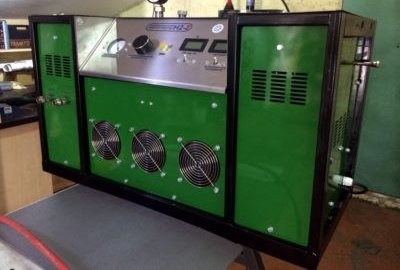
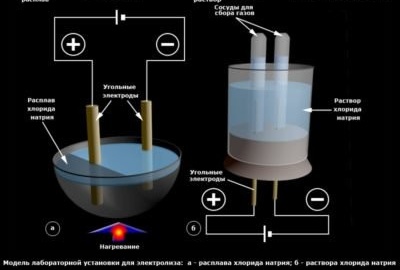


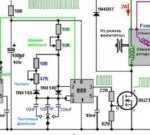
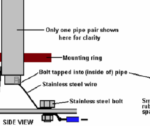
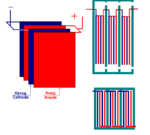
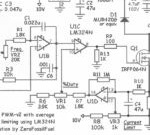

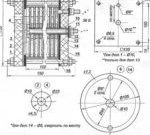
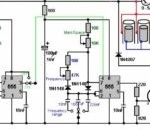
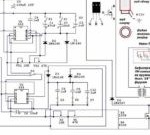
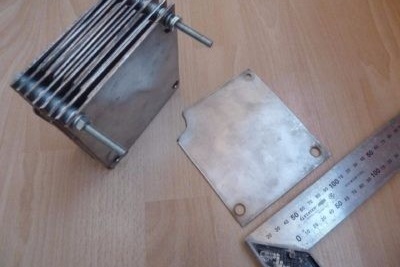
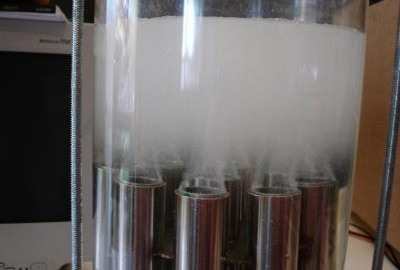
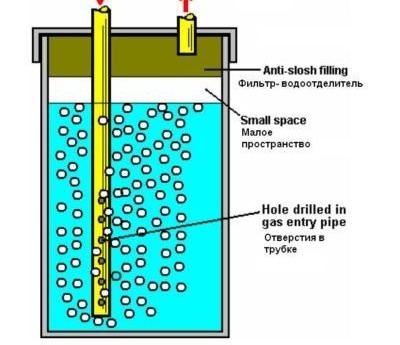
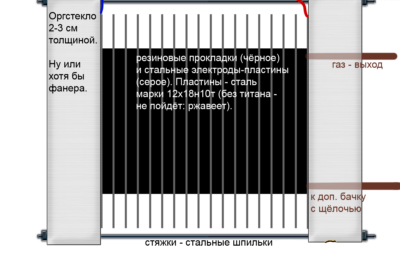
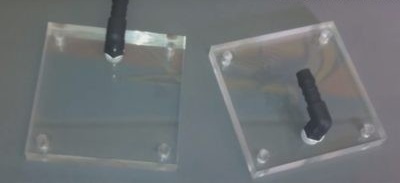
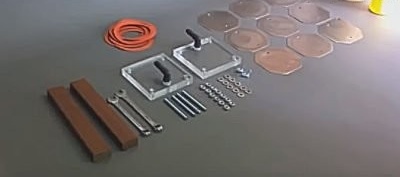

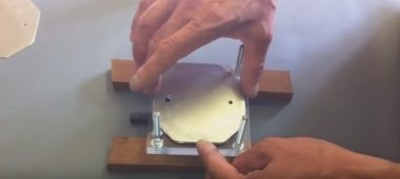
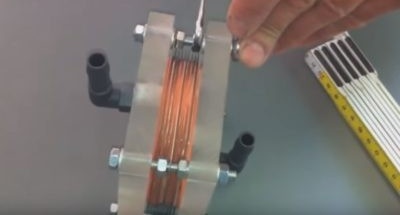
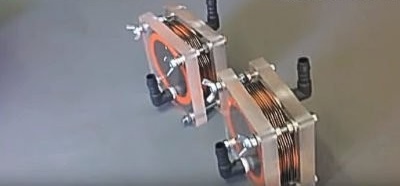
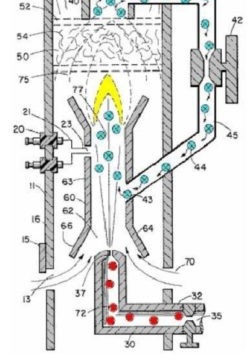
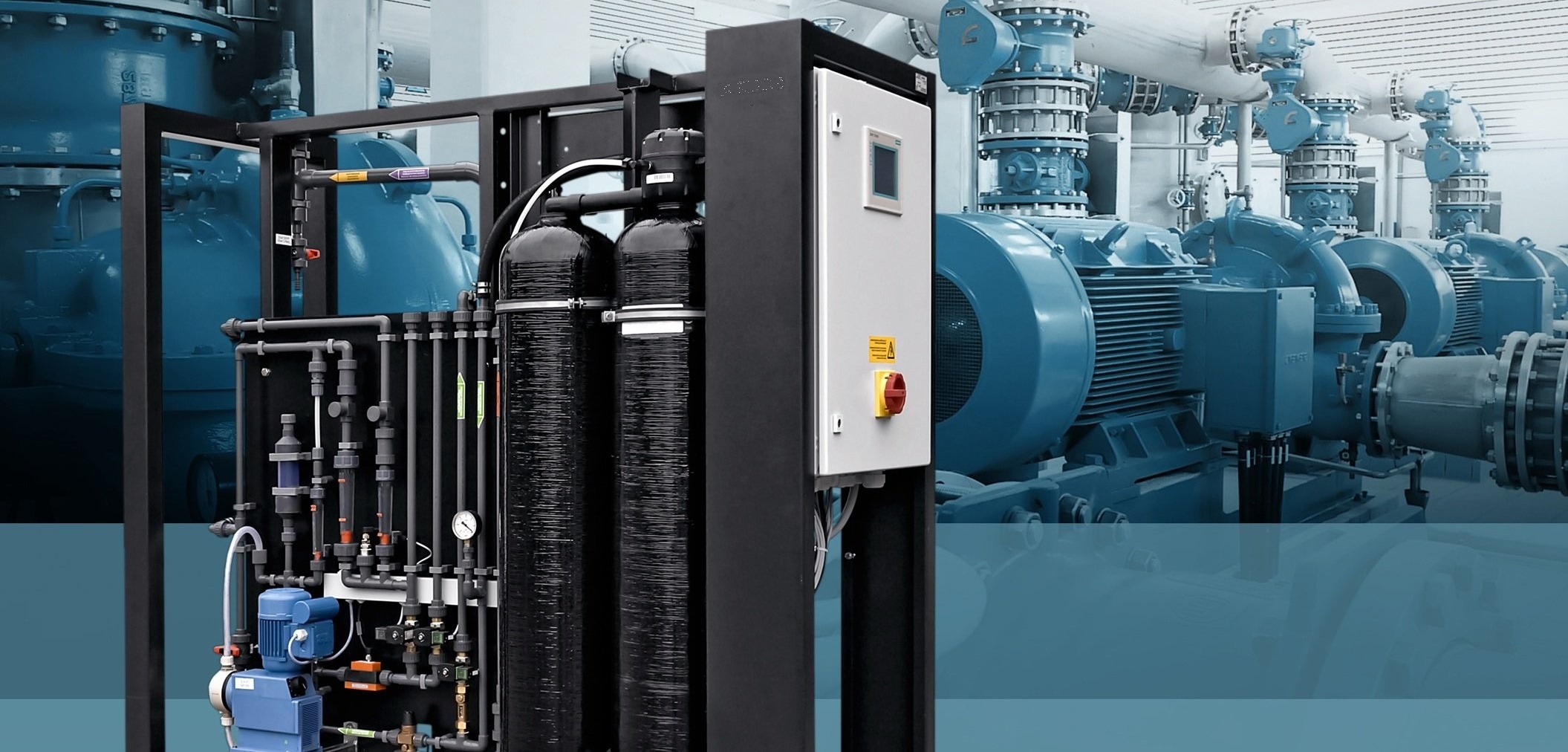
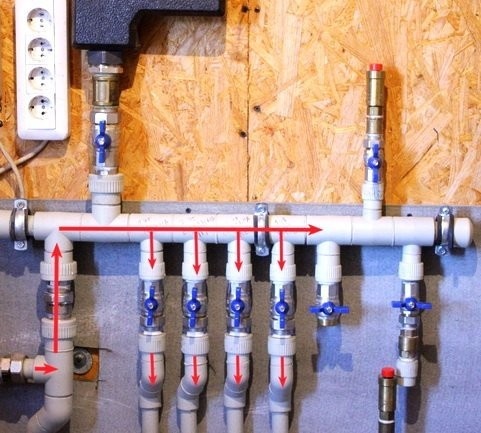
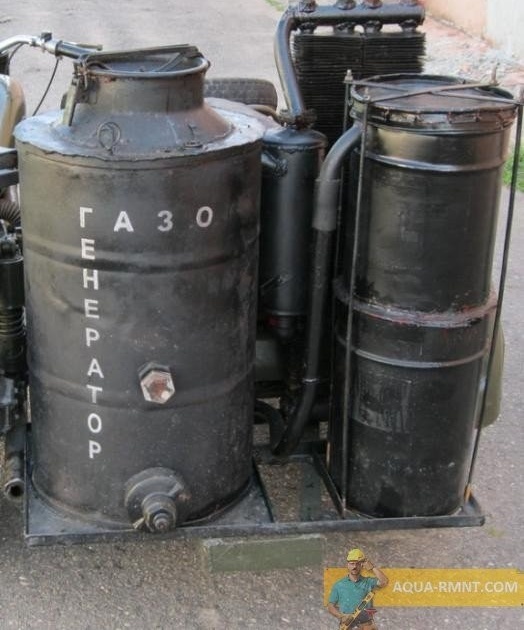
8 comments